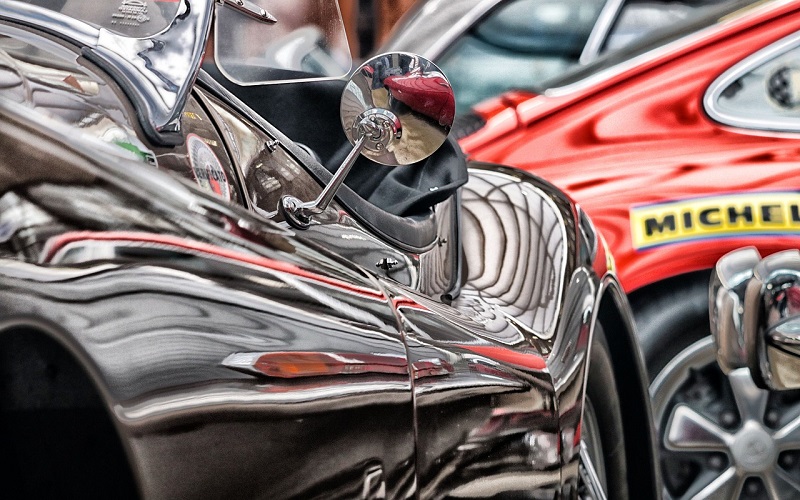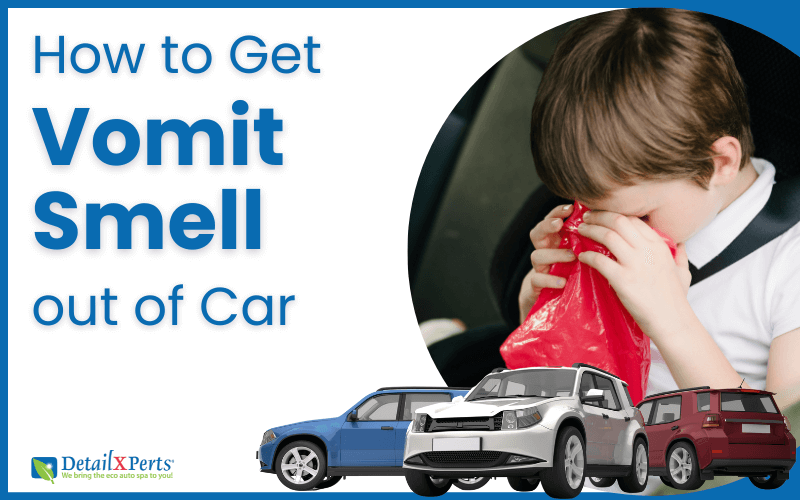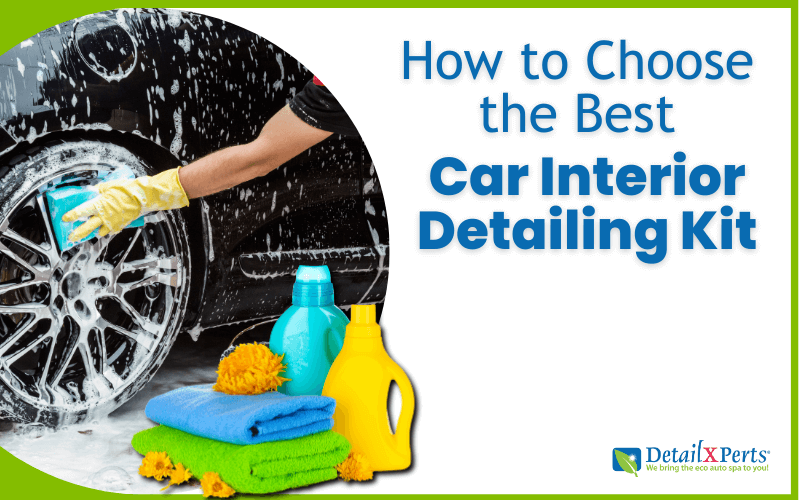Cars serve not only as transportation devices, but also as personal statements about who we are. People with well-kept cars are socially recognized as responsible, detail-oriented, and tasteful. Luckily, this is not valid just for new car owners. Thanks to advancing car detailing techniques and technology, even owners of old cars past the 50,000-mile mark can enjoy great-looking autos and the prestige that comes with their glow. That being said, the treatments and materials used for detailing an old car may vary from those for a new one. Let’s go through some of the key contrasts.
Detailing an Old Car vs Detailing a New One
Claying
Regardless of whether you are detailing an old car or a new one, you first need to wash it. Then, it goes through a process called claying. A car detailing clay bar is kneaded into a soft malleable medium and used to pick up microscopic contaminants from the car’s surface. Thus, the paint feels smoother and returns to its original luster.
However, the claying process for an old car is typically more complicated. Older cars are likely to accumulate more debris. Therefore, it takes additional materials to prevent abrasion of the paint surface. One such material in the proper car wash kit is the clay bar lubricant. It helps prevent the debris picked up by the clay from further damaging the paint coat.
Polishing
Old cars, having braved in the sun, wind and rain, are more likely to suffer from paint oxidation. There are also more opportunities for gravel to chip away at the paint. Additionally, old cars tend to have more dents, swirls, and scratches. Therefore, they require more lengthy and complex polishing techniques.
Before beginning work, a car detailer must tailor their car polishing process according to the condition of the car. When detailing an old car, they spot test areas to help themselves decide on:
- How aggressive the products should be
- The amount of pressure they should apply on surfaces
- The types of motions they should use, and
- The speed combinations the polisher should be set to
Waxing
After polishing experts recommend the application of a coat of wax to prevent sun damage, water spots (that carry contaminants), and corrosion from other substances such as bird droppings, tree sap, and hot drinks.
Waxing involves applying wax over the car’s exterior, allowing it to harden, and then buffing it out with a towel or polisher. While the process of waxing new and old cars may appear to be the same, the difference is in the types of wax used. Rubbing compound, despite being long-lasting, is abrasive. Therefore, it would not be suitable for a car that has already lost most of its protective layers. On the other hand, liquid wax, with its light and flakey texture, is not only gentler on paints, but is also a great filling agent to smooth out surface inconsistencies. This is why auto professionals prefer to use it over rubbing compound when detailing an old car.
Cleaning and Refinishing Wheels
When detailing new cars, the focus is rarely on the wheels. A thorough soapy wash is often all you need to have your wheels and tires looking fresh out of the dealership again. In contrast, old cars require full-day treatments.
One of the key steps to treating old car wheels is removing brake dust. Brake dust is the residue left over by brake pads as they scrape against the metal discs or drums that stop vehicles from moving. Over time, a mix of adhesive carbon fibers and metal shavings gathers on the wheel rims. The danger of leaving the brake dust to accumulate is that the intense heat and friction generated by the moving wheels will cause the dust to become highly corrosive. If not scrubbed off with the correct cleaning agents, rusting can occur on the wheels.
The second step is refinishing. It requires covering tires in masking tape, removing wheel weights, and spraying several coats of primer and paint over the wheels. It then takes around 24 hours for everything to dry. Plastic wheel covers can also be refurbished by sanding down the peeled areas and then spraying with metallic paint.
Interior Detailing an Old Car vs a New One
Car interior detailing for old and new vehicles is largely the same. The process includes (1) vacuuming, (2) brushing and steam cleaning carpet and mats, (3) glass cleaning, (4) leathering trimming, (5) re-vacuuming, (6) wiping, and (7) deodorizing and perfuming. The most apparent difference is likely to be color fading due to sunburn. In severe cases, owners should replace their seats, door panels, steering wheels, and dashboards with new leather, vinyl, or other fabrics. In milder cases, they can simply choose to recolor them with special fabric dye.
Inspection
Not only does detailing an old car take longer, but so does its inspection. Sometimes cosmetic damage occurs where you’d least expect it. It’s a professional detailing expert’s job to scan every nook and cranny. Some inconspicuous places to look are the bolts under bonnets, door sills, and boot areas. Car detailers also have to be cautious of damage that may have been covered up temporarily by a cheap polish. The polish may hide the swirls and scratches for a few weeks, but would later reveal all kinds of imperfections. Furthermore, one should not assume that everything in an old car has the same manufacturing date. Some parts could have been replaced and, therefore, require less attention than others.
DIY Detailing an Old Car or Call a Professional?
There are all kinds of auto reconditioning supplies on the market that offer you at-home solutions to your worn-out car. However, whilst you may fix everything around the house like a pro, the expertise needed to detail cars takes years of training and refining. With inexperienced hands, you could risk making your old car look worse than before. So, why not leave it to the pros and schedule your appointment at a time and place that’s most convenient for you?
Alternative Approaches
Whether you are revamping your car to obtain a good used car price, or simply want to spice things up, there are now so many economic, yet interesting, ways to reinvent your car’s look. Car wrapping, for example, allows you to fully customize the colors, patterns, and even images on your car. Window tinting allows you and your passengers to have more privacy and protection from UV rays. Moreover, upgrading your seats to a sportier aesthetic not only looks cool, but also provides you with more back and pelvic support as you drive. We live in an age of self-expression, and cars have become the perfect medium to channel both the practical and the creative.
If you have enjoyed this post, be sure to sign up for our monthly newsletter. You will receive more valuable tips and ideas on how to look after your car, old or new. Additionally, we will send you coupons and special offers to help you get advantage of our bespoke detailing services at our best rates.





